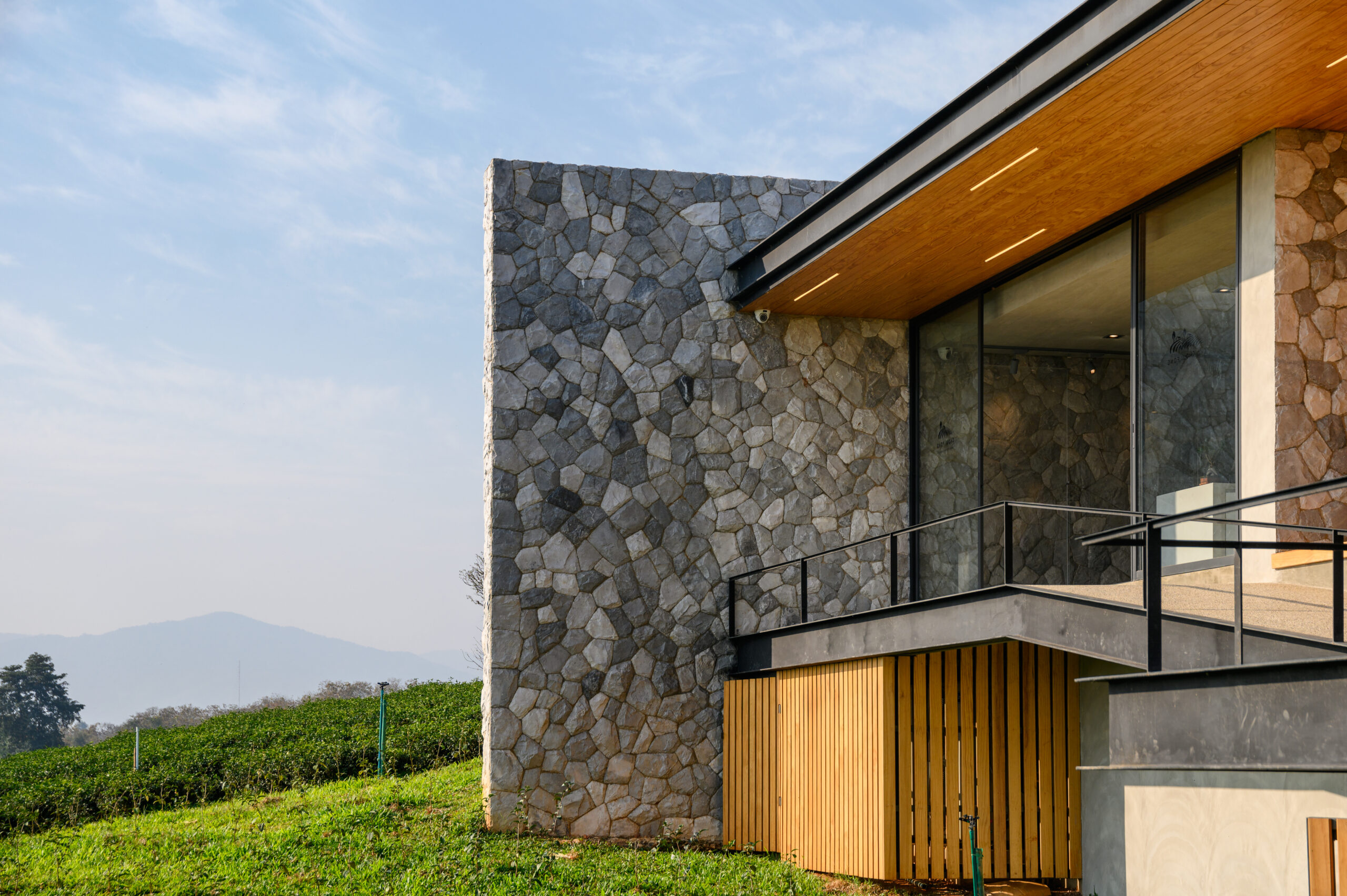Introduction
When it comes to designing and enhancing the aesthetic appeal of buildings, both interior and exterior, natural stone cladding emerges as a premier choice for architects and homeowners alike. This comprehensive guide will explore what natural stone cladding is, its benefits, types, installation processes, and much more. Designed to be informative and engaging, this article will serve as your ultimate resource for understanding and choosing natural stone cladding for your projects.
What is Natural Stone Cladding?
Natural stone cladding refers to the technique of using thin layers of natural stone to cover the exterior or interior walls of a building. This method not only enhances the building’s aesthetic but also provides a protective layer that contributes to the structural integrity of the facade. Natural stone cladding can vary in type, size, color, and finish, offering a plethora of design options.
Key Features and Applications
- Aesthetic Appeal: Adds natural beauty and elegance to buildings.
- Durability: Highly resistant to harsh weather conditions and wear.
- Versatility: Suitable for both interiors and exteriors.
- Insulation: Offers thermal resistance and helps in energy conservation.
Benefits of Natural Stone Cladding
Incorporating natural stone cladding into building designs offers numerous advantages:
- Durability and Longevity: Natural stone is capable of withstanding severe weather conditions, making it ideal for external cladding.
- Low Maintenance: Requires minimal upkeep compared to other cladding materials like wood or vinyl.
- Eco-Friendly: Being a natural material, stone cladding is environmentally sustainable.
- Increased Property Value: Enhances the overall value of the property due to its luxury appeal and durability.
Types of Natural Stone Used in Cladding
There are several types of natural stones used in cladding, each with unique characteristics and beauty:
- Granite: Known for its strength and variety of colors.
- Marble: Popular for its veining and luxurious appearance.
- Limestone: Offers a rustic or earthy look, ideal for natural or traditional designs.
- Slate: Excellent for creating a rugged, textured appearance.
- Sandstone: Provides an elegant but subtle aesthetic.
The choice of stone depends on the aesthetic goals and the climatic conditions of the area.
Choosing the Right Natural Stone for Your Cladding
Factors to Consider
- Durability: Certain stones are better suited for harsh weather conditions.
- Color and Texture: Should complement the overall design theme of the building.
- Budget: Natural stone can vary widely in price.
- Installation Requirements: Some stones may be heavier and require additional structural support.
Installation Process of Natural Stone Cladding
- Site Preparation: Ensuring the wall surfaces are clean and structurally sound.
- Measuring and Templating: Accurate measurements are critical for a successful installation.
- Fixing Techniques: Depending on the type of stone, different fixing methods such as mechanical anchoring or adhesive can be used.
- Sealing and Finishing: To protect the stone and enhance its color, sealing after installation is essential.
Maintenance and Care for Natural Stone Cladding
Maintaining natural stone cladding is straightforward but crucial:
- Regular Cleaning: Use mild detergents and avoid acidic cleaners that can damage stone.
- Sealing: Periodic application of a sealant can prevent staining and water damage.
- Inspection: Annual checks for any cracks or loosening of stones.
Cost Considerations
The cost of natural stone cladding can vary significantly based on the type of stone, source, finish, and installation complexity. Here’s a basic cost table to provide a rough estimate:
| Stone Type | Cost per Square Foot |
| Granite | $40 – $60 |
| Marble | $50 – $100 |
| Limestone | $30 – $55 |
| Slate | $25 – $40 |
| Sandstone | $20 – $30 |
Natural Stone Cladding: Trends and Inspirations
Incorporating trends such as seamless indoor-outdoor transitions, mixed textures, and integrating green building practices can enhance the impact of natural stone cladding.
FAQs
Q1. Is natural stone cladding suitable for all climates?
Q2. How does stone cladding impact the insulation properties of a building?
Q3. Can I install natural stone cladding on an existing building?
Conclusion
Natural stone cladding offers an unbeatable combination of beauty, durability, and versatility, making it a favored choice in modern architecture and design. Whether you’re renovating an old structure or embarking on a new construction, consider natural stone cladding for its practical and aesthetic benefits.


Leave a Reply